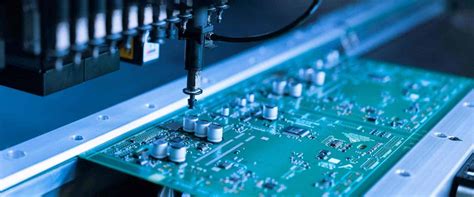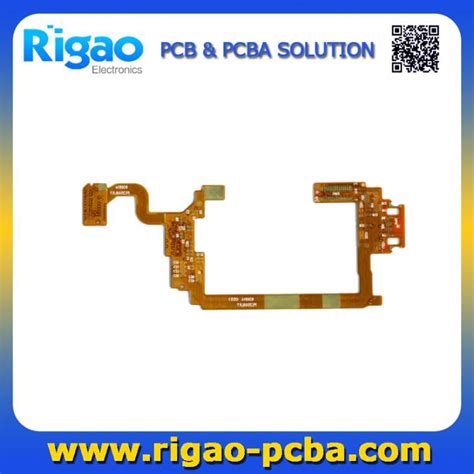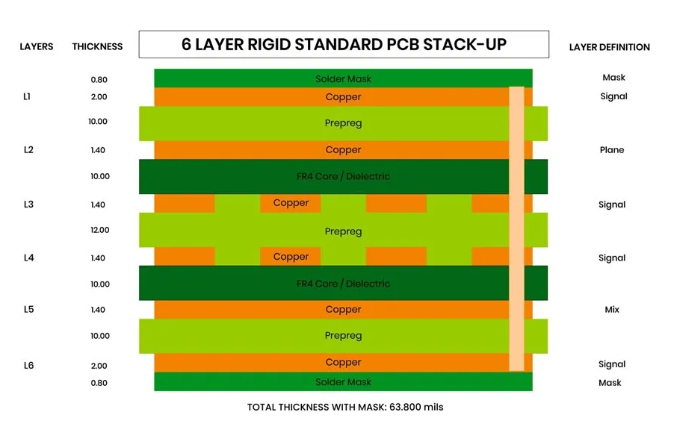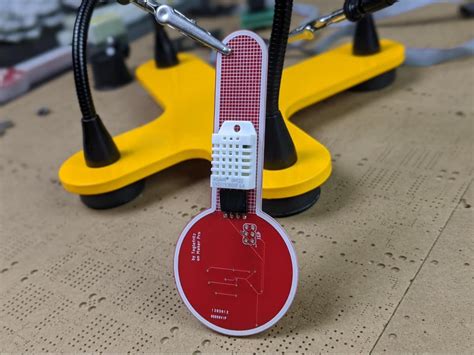What are the misunderstandings about customizing industrial control motherboards?
What are the differences between industrial control motherboards and commercial motherboards?
In this article, the editor will introduce the relevant content and situations of industrial control motherboards to help everyone increase their understanding of industrial control motherboards. Let’s read the following content with the editor.
1.What are the misunderstandings about customizing industrial control motherboards
There are four common misunderstandings about customizing industrial control motherboards. For people who need to customize industrial control motherboards, they often have special needs, but different misunderstandings of customization can easily lead to detours. So what are the misunderstandings about customization?
1: The PCB design requirements of this board are not high, so use thinner wires and automatically lay them
Interpretation: Automatic wiring will inevitably occupy a larger PCB area and produce many times more vias than manual wiring. In large-volume products, the factors considered by PCB manufacturers for price reductions are not only business factors, but also line width and number of vias. They affect the yield rate of PCB and the consumption of drill bits, respectively, saving the cost of suppliers, and finding a reason for price reduction.
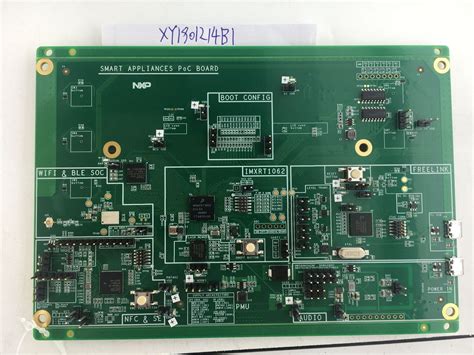
2: These bus signals are pulled with resistors, which makes me feel more at ease.
Interpretation: 14 Misunderstandings of Circuit DesignInterpretation: There are many reasons why signals need to be pulled up and down, but not all of them need to be pulled up. When the pull-up and pull-down resistors pull a simple input signal, the current is less than tens of microamperes, but when pulling a driven signal, the current will reach the milliampere level. The current system often has 32 bits of address data each, and there may be 244/245 isolated buses and other signals. If all are pulled up, several watts of power consumption will be consumed by these resistors.
3:Interpretation: If the unused I/O port is left floating, it may become an input signal that oscillates repeatedly due to a little interference from the outside world, and the power consumption of MOS devices basically depends on the number of flip-flops of the gate circuit. If it is pulled up, each pin will also have a microampere current, so the best way is to set it as an output (of course, other driven signals cannot be connected outside)
4.This FPGA still has so many gates left to use, so you can use them to your heart’s content
Interpretation: The power consumption of FGPA is proportional to the number of flip-flops used and the number of flip-flops, so the power consumption of the same model of FPGA at different times in different circuits may differ by 100 times. Minimizing the number of high-speed flip-flops is the fundamental way to reduce FPGA power consumption.
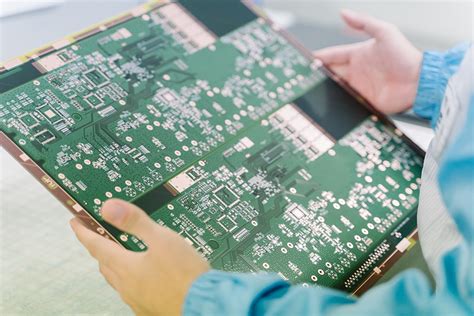
2.Differences between industrial control motherboards and commercial motherboards
In this section, we mainly look at some differences between industrial control motherboards and commercial motherboards.
- Commercial motherboards use ordinary electrolytic capacitors, mainly to reduce the cost of the motherboard.
- Industrial control motherboard components: The components of the motherboard need to adapt to a wide temperature environment (-20℃~60℃) to ensure normal operation in harsh environments (permanent power-on during the life cycle, harsh climate, humidity, vibration, dust, radiation, high temperature, etc.); motherboard components need to be resistant to high temperature and moisture, etc. High-quality SMD electrolytic, tantalum, and ceramic capacitors.
- PCB of industrial control motherboard: Commercial motherboards use a 4-layer PCB design. The general PCB circuit board has four layers. The top and bottom two layers are signal layers, and the middle two layers are ground layers and power layers. The ground and power layers are placed in the middle. The industrial motherboard uses a PCB circuit board design of more than 6 layers. Its design is to enhance the motherboard’s anti-electromagnetic interference and electromagnetic compatibility capabilities, enhance the motherboard’s stability, etc.
- CPU: Industrial control motherboards generally use low-power CPUs to adapt to the harsh environment of the industrial control industry. AtomN230\270\330\N450D525. The CPU integrates some functions of the north and south bridges on the processor.
- Different anti-electromagnetic interference capabilities: The ability to resist electromagnetic interference is relatively high, and it needs to pass EMI, EMC and other tests and certifications. This needs to be considered from two aspects, one is from the circuit layout design of the motherboard, and the other is from the selection of materials and structure, power supply, and grounding.
- Support more interfaces: It can support Mini PCI-E, PC 104+, and multiple COM port interfaces at the same time, with built-in GPIO bus, dual display function with LVDS, HDMI, and DVI interfaces. The full-field card can cooperate with the baseboard for more scalability and supports multiple ISA, PCI, and MINIPCI expansions.
- Usage environment: Industrial control motherboards often operate in harsh environments with a temperature range of -20 degrees to 70 degrees (permanently turned on during the life cycle, harsh climate, humidity, vibration, dust, radiation, high temperature, etc.), and commercial motherboards are not competent in these environments.



